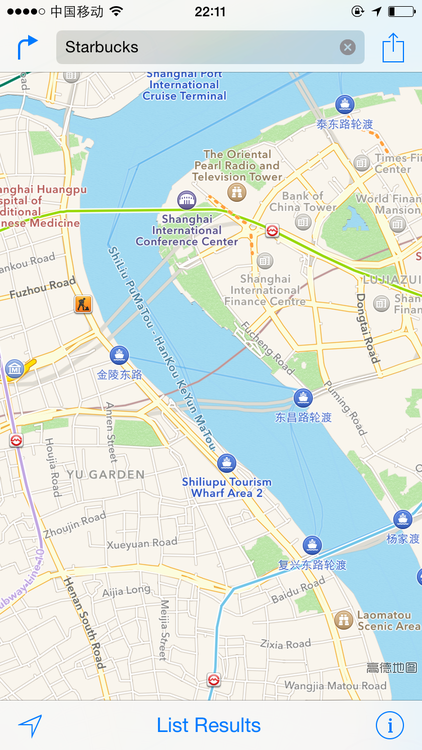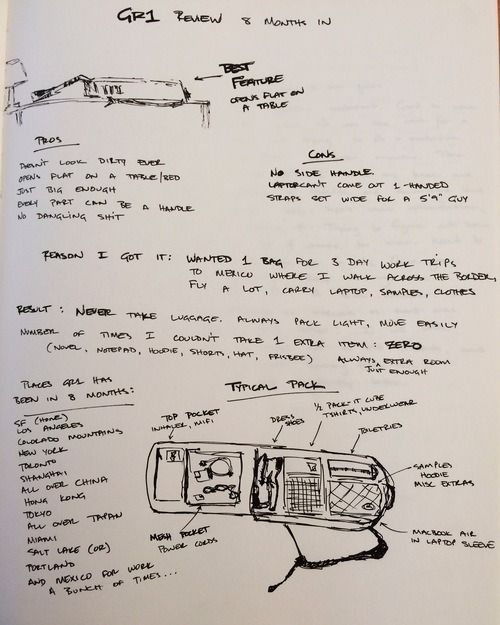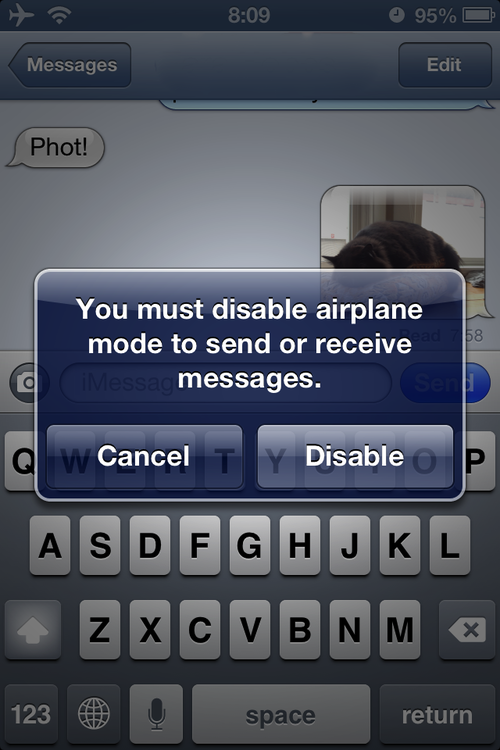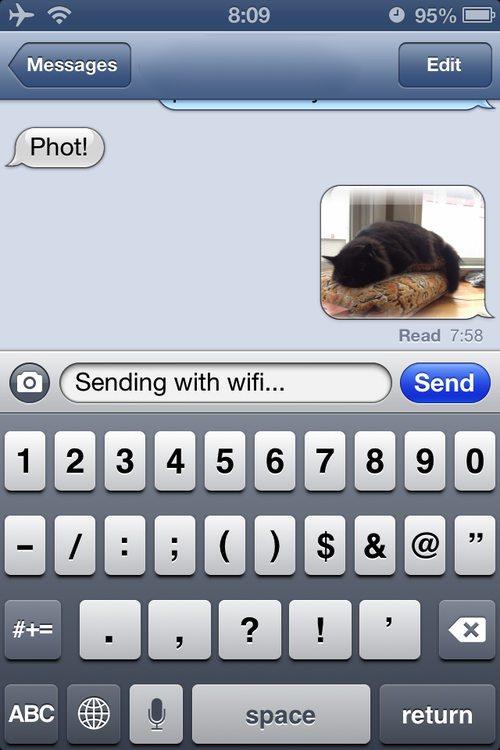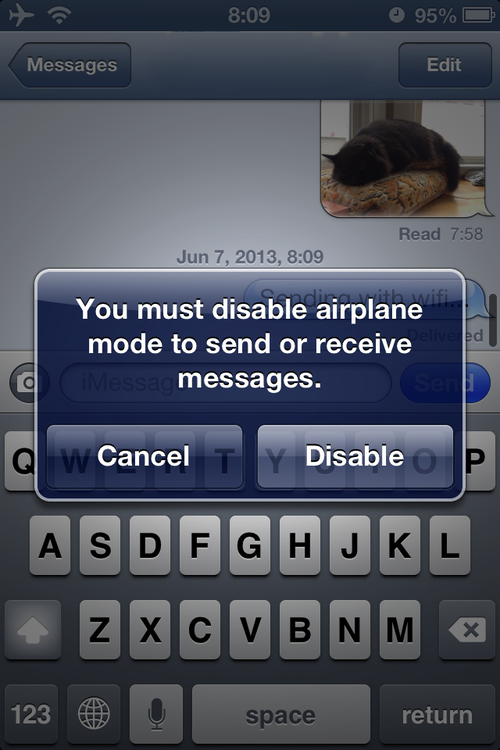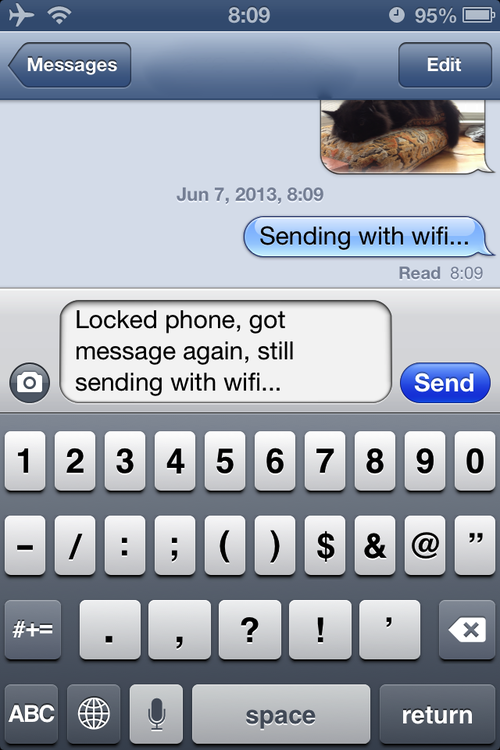In the year 2009 the cell phone is pretty inescapable. Devices have improved, carrier coverage and ability has improved, and the continual investment in manufacturing has reduced the cost of entry. Via pre-paid SIM and shared-device situations even people without a mobile are able to access the networks and services.
What remains then as the divide is the level of services, devices, and access. While people like Jan Chipchase, FrontlineSMS and others are tracking and planning the phone’s global advancement, others are tracking the push upwards, into the realm of computers, GPS units, music players, and cameras. These two fronts are in some ways the same, that of expanding the ability and availability of a single, always-on device carried with the user. This expansion is truly revolutionary, and understood by both corporations and individuals.
The problem, however, is the gap between desire and implementation, made worse by the almost-identical gap between truth and marketing.
Here in America, for the most part, we are the lucky recipients of an incredible wealth of technological development. Apple is here, Google is here, IBM and Xerox were here, Microsoft and Sun and countless others are here. We are a test-bed for software and expensive systems.
But we are not a leader, in most cases. And the reluctance with which we admit this, or solve it, is startling. I do not mean to say that America as a nation is failing, or unable to address these issues. I am simply stating that the specific technological issues which Americans face on a daily basis in the area of mobile telephony and computing are neither necessary nor shared by the rest of the globe.
Recently I have noted a number of people making a variety of arguments that can be whittled down to one idea:
“[subject] is not really that bad [here].”
The subject varies, more on that in a moment. The here, though, is implied, because most of the writers or commentators have no comparison, or make none. They do not state that “relative to another system” this one is better. There is no comparison of advantages and disadvantages. There is simply the statement that “it’s not that bad.”
What’s not that bad?
- Network coverage.
Marco, who writes very well about many things, makes the claim here:
I frequently travel to the fringes of cellular reception areas, including many areas with zero coverage from any carrier. I’ve found:
This is classic “not so bad” thinking. Why? Because there is no option for good. While Marco’s experiences are completely tied to his location, being a US consumer he has only so many options. However, in San Francisco, AT&T has far, far worse coverage than Verizon. Not just data coverage, or just voice coverage, but coverage of any kind. On Haight and Ashbury, a relatively central, relatively famous San Francisco location, there is a thirty meter wide dead zone where no AT&T tower reaches. Moreover, Marco’s conclusion, while based on extensive personal experience with both networks, comes down to the very unenviable conclusion that:
my phone is a personal computer most of the time, and it’s occasionally used to make or receive phone calls. Most data is downloaded over WiFi, with occasional small transfers over the cellular network. Network flakiness hurts me less than device flakiness. For me, therefore, the device is much more important than the network, because I’m using the device much more than I’m using the network.
Suddenly the inconsistency is clear. Marco is reviewing cell phone coverage on a variety (he also mentions Sprint) of networks, but, for him, networks are not the primary concern.
There are no good networks in America. Sprint’s is fast, but small, and can not handle voice and data simultaneously. It also is based on a non-global standard. Verizon’s is large, but like Sprint’s cannot handle voice and data simultaneously, and is not based on a global standard. AT&T’s network is large, porous, minimally 3G, and often overwhelmed. T-Mobile’s is small and uses a unique band for 3G.
That’s it. There are other carriers, but they are regional. There is no “good” choice. There are no carriers that offer a truly nation-wide network that also interacts with the rest of the world.
- Price
My good friend Charles has been known to state the following, which, I suspect, is a sentiment shared by many, especially those writing online about cell phones:
I don’t mind paying the $90 or $100 a month, that seems fine for unlimited data, texts, whatever, I just want service that works, all the time.
I’m paraphrasing, so should you see him in person, apologize for me. However, the point remains. There is a portion of the US market that does not see price as the barrier. The absolutely mind-blowing aspect of this realization, which many have made before me, and Charles makes often, is that, despite a willingness to pay, this group is still unsatisfied. Why?
Because there is no good US network.
Yet that conclusion leads backwards, to an interesting thought: Why then is cell phone service, in the United States, so expensive? Without comparison, domestically, this question is hard to answer. Most US carriers offer strangely similar prices, often exactly the same. There is very little price competition, and therefore very little in the way of media comparisons. Yet, in most surveys, US cell phone service costs remain highest in the world. This is not often mentioned because there exists no alternative. Yet media pressure is
an effective tool, and should be utilized. Paying more for less is not in anyone’s interests.
There are other aspects, like international travel support, carrier locked phones, and early termination fees, that I would like to rail against. Like pricing and network effectiveness, they are issues defended as “not that bad”, and, I think, all too easy to accept without a view of places where they are not the standard.
Here in America we have a great many things, but not all of them are good, or as good as they could be. We also have the ability to compare, the information with which to do so, and the outlets to publish our findings. It is a shame then that so much of the current writing stays within the bounds of what is, here, rather than looking for what is elsewhere and could be, here.
